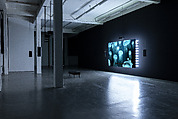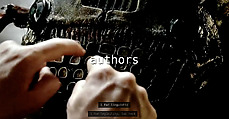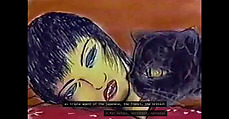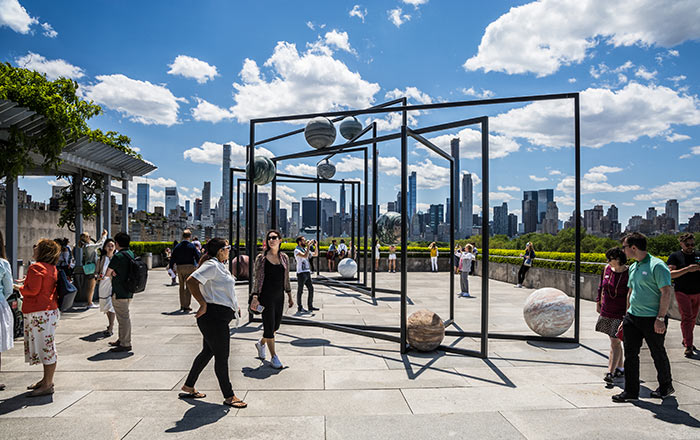The Critical Dictionary of Southeast Asia
Ho Tzu Nyen Singaporean
Not on view
The Critical Dictionary of Southeast Asia reimagines the geopolitically, linguistically, religiously, and culturally complex region through a kaleidoscope of images, sound, text, and light. The term Southeast Asia, first used by the Allied Forces during the Second World War, has cast a flattening effect on the local, national, and regional narratives of ongoing colonial struggles, identity formation, and cultural reckoning. This inadequacy provides Ho with a rich ground for research to build new frameworks for understanding the place and its people. Ongoing since 2017, the software-based work comprises a library of images and video footage sourced from online platforms. Categorized by twenty-six concepts and motifs based on the letters of the English alphabet, such as archipelago, ghost, tiger, the clips are automatically reshuffled with every play, and the footage archive is updated periodically to reflect new and revised storylines. In addition to the sound of the found footage, Ho adds his narration, vocals written and performed by Singaporean musician Bani Haykal, a score composed by Japanese musician and field recordist Yasuhiro Morinaga, and light flashes to augment the viewing experience. With an algorithmic editing system to determine the sequence, length, and intensity of the compositional elements, The Critical Dictionary of Southeast Asia presents an infinite mix of audio-visual effects that encapsulates the artist’s central belief that narratives can be constantly rewritten. Widely considered Ho’s magnum opus, the work serves as a conceptual core and generative resource for his later works that continue to explore the possible transformations and metamorphoses in the long course of history.
This image cannot be enlarged, viewed at full screen, or downloaded.
This artwork is meant to be viewed from right to left. Scroll left to view more.








